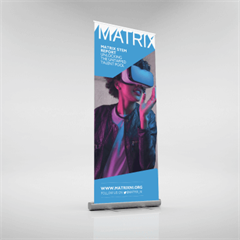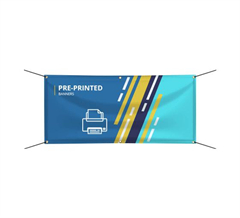Color psychology plays a significant role in influencing emotions, perceptions, and actions. When designing a brochure, choosing the right colors can help you create a desired impact on your audience. Here’s a breakdown of how different colors can affect your audience and some tips on using color psychology effectively in your brochure:
- Red:
- Emotions: Red is associated with passion, energy, and urgency.
- Use Cases: Use red to evoke excitement and create a sense of urgency. It’s great for highlighting limited-time offers or bold statements.
- Blue:
- Emotions: Blue conveys trust, calmness, and professionalism.
- Use Cases: Use blue to instill a sense of trust and reliability. It’s often used by corporate and financial institutions.
- Green:
- Emotions: Green represents growth, health, and nature.
- Use Cases: Use green to communicate a sense of freshness, eco-friendliness, and tranquility. It’s suitable for industries related to health, environment, and well-being.
- Yellow:
- Emotions: Yellow symbolizes optimism, happiness, and warmth.
- Use Cases: Yellow can grab attention and create a cheerful atmosphere. It’s ideal for promoting a positive message or youthful products.
- Orange:
- Emotions: Orange combines the energy of red and the positivity of yellow.
- Use Cases: Orange can stimulate enthusiasm and creativity. It’s often used to promote innovative products or events.
- Purple:
- Emotions: Purple represents luxury, sophistication, and creativity.
- Use Cases: Use purple to convey a sense of elegance and uniqueness. It’s often associated with high-end products or artistic endeavors.
- Pink:
- Emotions: Pink symbolizes romance, sweetness, and nurturing.
- Use Cases: Pink can evoke feelings of care and tenderness. It’s often used for products or content targeting a female audience.
- Black:
- Emotions: Black is associated with power, sophistication, and authority.
- Use Cases: Black can add a sense of elegance and prestige to your brochure. Use it to highlight premium products or to create a sleek and modern look.
- White:
- Emotions: White represents purity, simplicity, and cleanliness.
- Use Cases: White can give your brochure a clean and minimalistic look. It’s often used in industries like healthcare or technology.
- Brown:
- Emotions: Brown signifies reliability, warmth, and earthiness.
- Use Cases: Brown can create a sense of comfort and reliability. It’s often used for products or services associated with nature and organic elements.
- Gray:
- Emotions: Gray conveys neutrality, balance, and professionalism.
- Use Cases: Gray can create a sense of balance and sophistication. It’s commonly used in corporate and minimalist designs.
When using colors in your brochure design, consider the cultural and contextual associations as well. Additionally, using a harmonious color scheme with a mix of complementary colors can create a visually appealing and balanced design.
Remember that color psychology is a powerful tool, but individual preferences and cultural influences can also impact how people perceive colors. Test your design with your target audience and gather feedback to ensure your chosen colors align with your intended message.


























